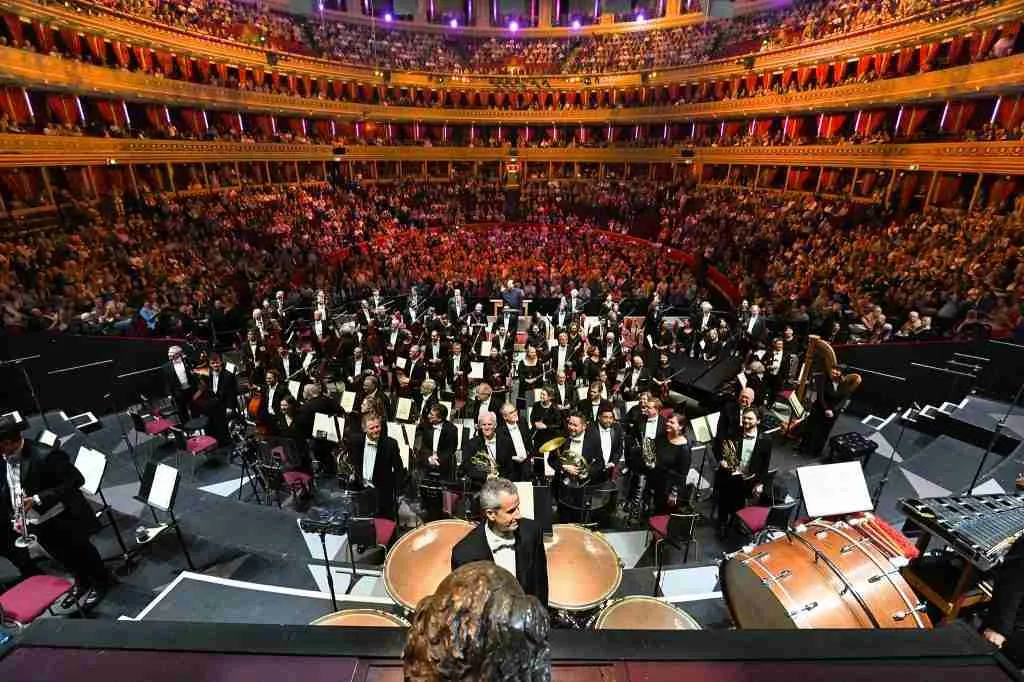The symphony, with its grandeur and complexity, represents one of the most sophisticated forms of musical composition. Originating in the Classical era, the symphony has evolved into a rich and varied genre that continues to captivate audiences with its depth and emotional resonance. Whether you’re a seasoned classical music aficionado or new to the symphonic experience, understanding the allure of the symphony can enhance your appreciation of this timeless art form. Here’s a closer look at what makes symphonic music so enchanting and why it remains a cornerstone of orchestral performance.
What is a Symphony?
A symphony is a large-scale orchestral composition typically structured in four movements, each with its own distinct character and tempo. The traditional structure includes:
- First Movement: Often marked “Allegro,” this movement is usually in sonata form, featuring a dynamic and energetic introduction.
- Second Movement: Typically slower and more lyrical, this movement, marked “Adagio” or “Andante,” provides a contrast to the first.
- Third Movement: Known as the “Scherzo” or “Minuet,” this movement is generally lighter and more playful.
- Fourth Movement: The final movement is usually vigorous and brings the symphony to a powerful conclusion, often in “Allegro” or “Vivace.”
While this structure has been the norm, many composers have experimented with different forms and arrangements, adding to the symphony’s versatility.
The Evolution of the Symphony
1. Classical Era: The symphony’s development began in the Classical era (circa 1750-1820) with composers like Joseph Haydn, Wolfgang Amadeus Mozart, and Ludwig van Beethoven. These composers established the form and structure of the symphony, setting the stage for future innovations.
2. Romantic Era: The Romantic era (circa 1820-1900) saw the symphony expand in emotional depth and orchestration. Composers like Johannes Brahms, Pyotr Ilyich Tchaikovsky, and Gustav Mahler used the symphony to explore new themes and expand the size and scope of the orchestra.
3. Modern Era: In the 20th and 21st centuries, the symphony continued to evolve with composers such as Igor Stravinsky, Sergei Prokofiev, and Leonard Bernstein. Modern symphonies often incorporate unconventional instruments, new techniques, and cross-genre influences.
The Orchestra: An Instrumental Ensemble
The symphony is performed by an orchestra, a large ensemble of musicians divided into sections based on the instrument family: strings, woodwinds, brass, and percussion. Each section contributes to the rich tapestry of sound, with the interplay between different instruments creating a complex and dynamic musical experience.
- Strings: Including violins, violas, cellos, and double basses, the string section often carries the melodic lines and provides harmonic support.
- Woodwinds: Instruments like flutes, oboes, clarinets, and bassoons add color and texture to the symphony.
- Brass: Trumpets, trombones, horns, and tubas contribute power and brilliance to the orchestral sound.
- Percussion: Drums, timpani, cymbals, and other percussion instruments provide rhythm and dramatic effects.
Experiencing the Symphony: A Guide for Listeners
1. Attend a Live Performance: There’s nothing like the experience of hearing a symphony performed live. The acoustics of a concert hall, the sight of the orchestra in action, and the collective experience of the audience all contribute to the magic of a live performance.
2. Explore Different Composers: Each composer brings a unique voice to the symphony. Exploring works by various composers can provide insight into different styles and approaches. Start with the classics, and don’t hesitate to delve into contemporary symphonies for a fresh perspective.
3. Listen Actively: Symphonies are complex works with multiple layers. Pay attention to the different movements and how they contrast with one another. Listen for recurring themes and motifs, and notice how the orchestra’s sections interact.
4. Read Program Notes: Many orchestras provide program notes that offer context and insights into the symphony being performed. Reading these notes can enhance your understanding and appreciation of the music.
The Symphony’s Enduring Appeal
The symphony remains a beloved form of music because of its ability to convey profound emotion and its versatility in musical expression. Its rich history, complex structure, and the sheer scale of orchestral performance continue to captivate audiences and inspire musicians.
Conclusion
The symphony is a testament to the power and beauty of orchestral music. From its Classical roots to its modern interpretations, it represents a pinnacle of musical achievement that continues to resonate with audiences around the world. Whether you’re experiencing a symphony for the first time or revisiting familiar favorites, the grandeur and depth of symphonic music offer a timeless and moving experience. Dive into the world of symphonies and let the majestic sounds of orchestral music elevate your appreciation of this extraordinary art form


0 Comments